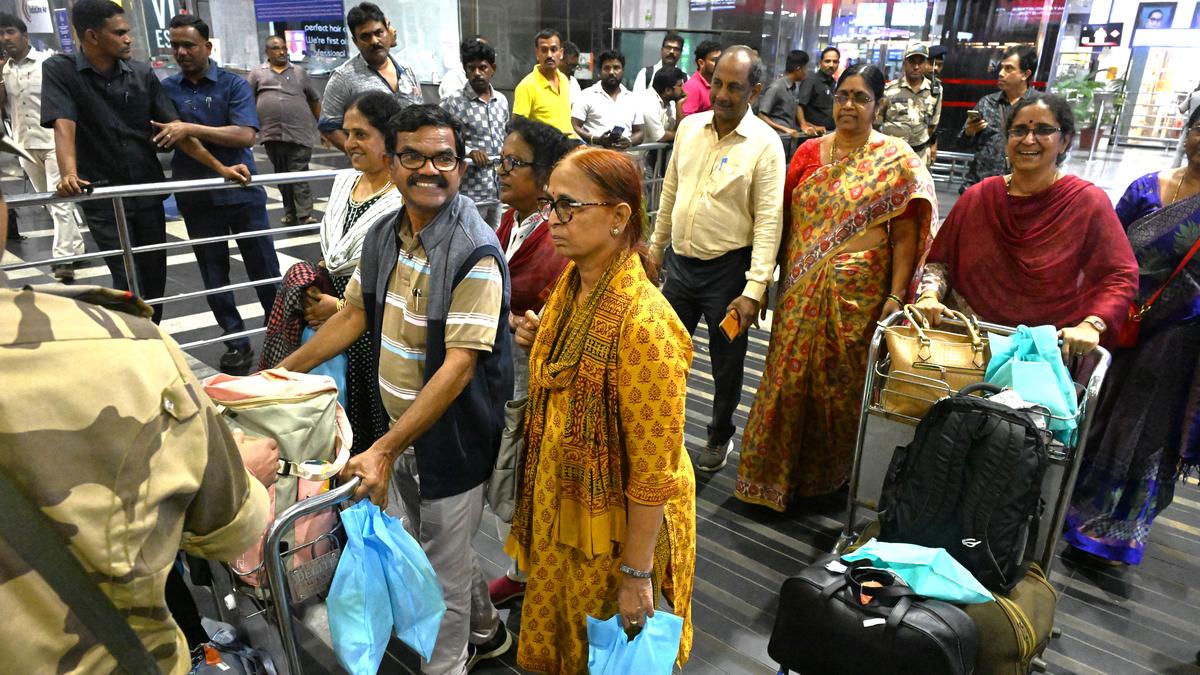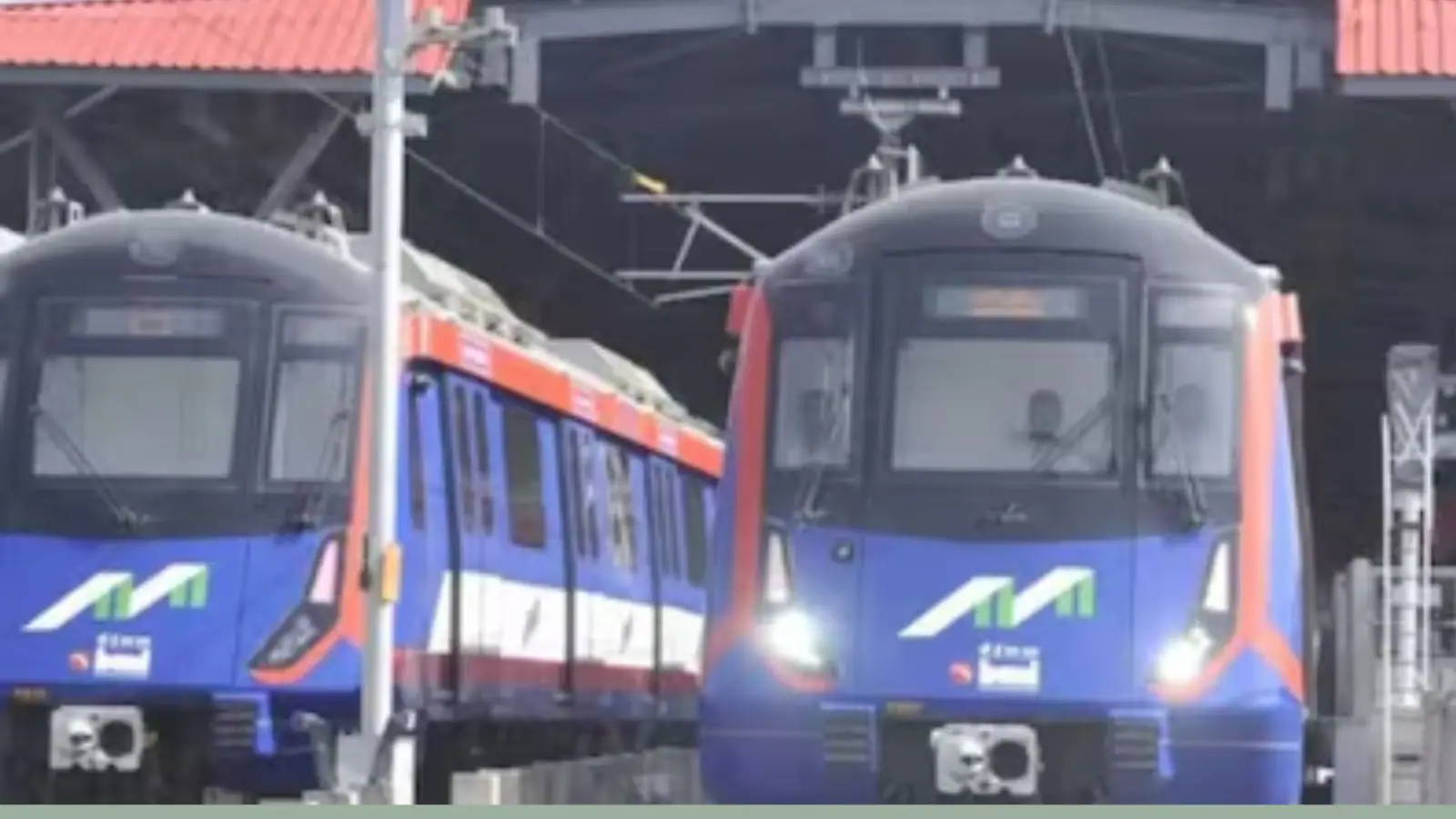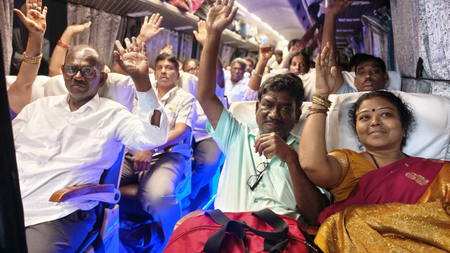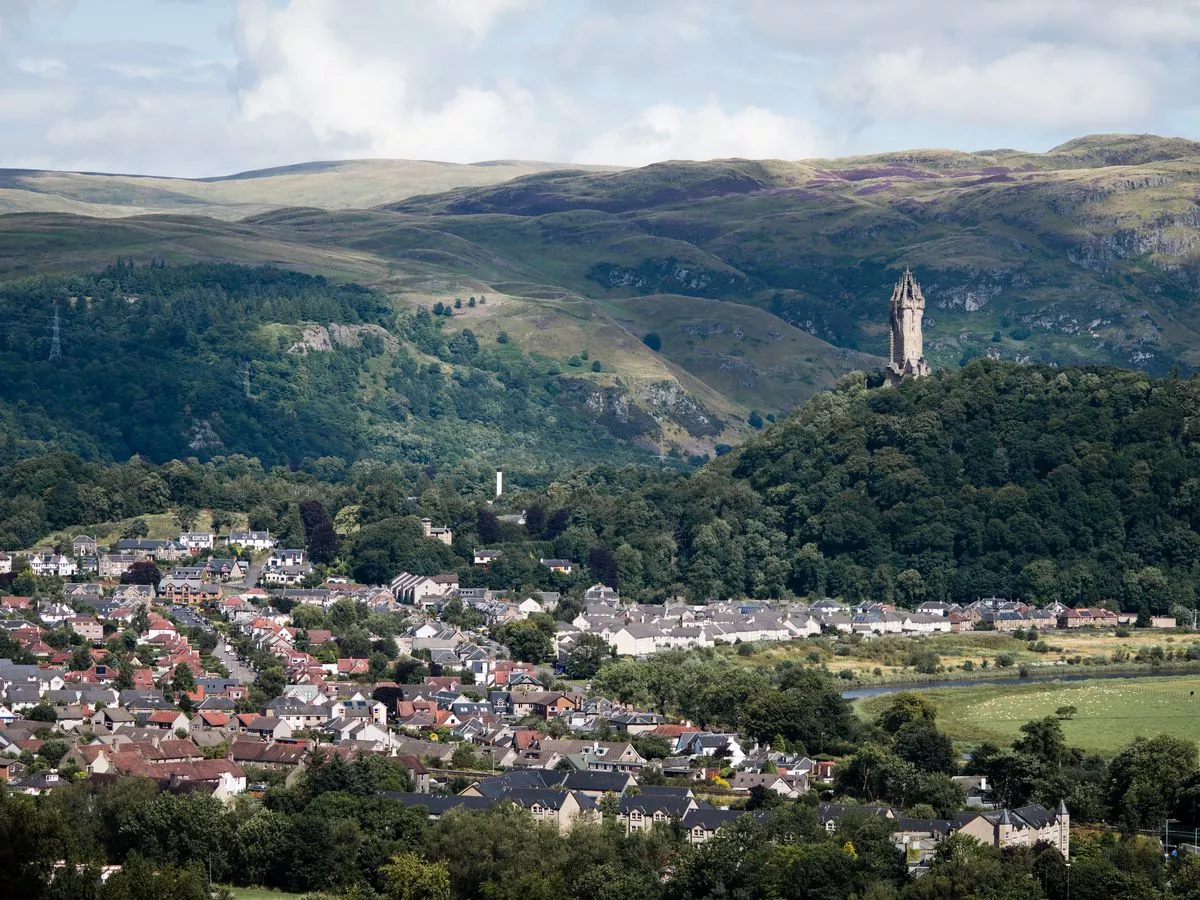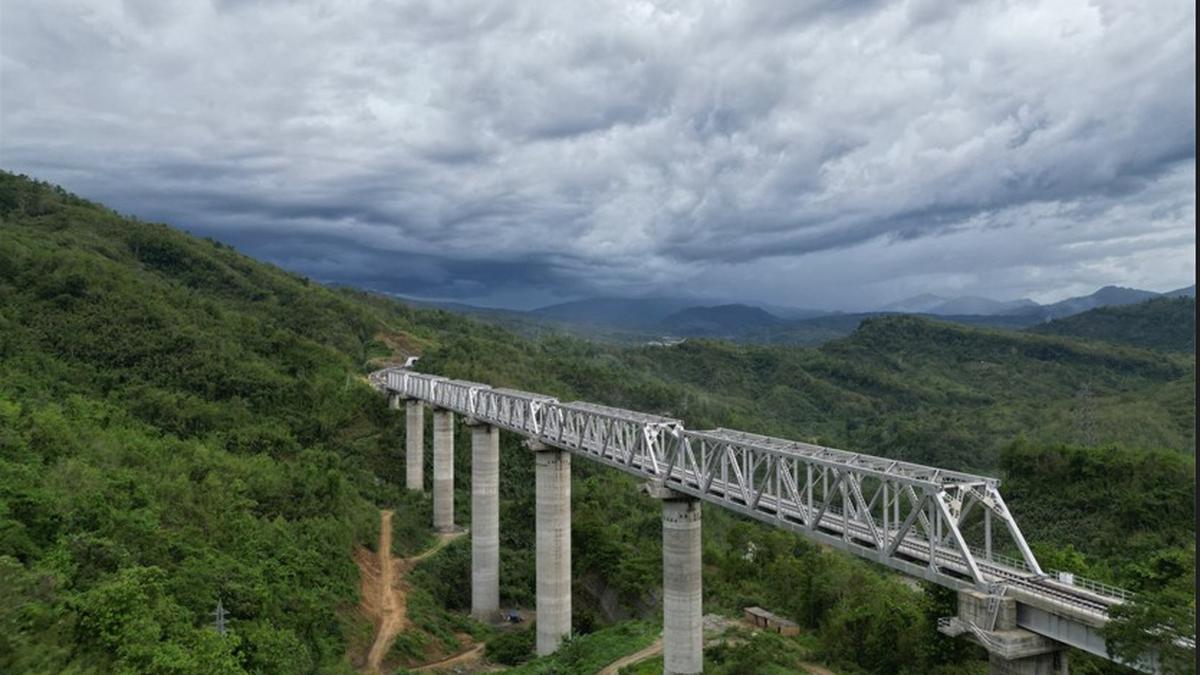
When Prime Minister Narendra Modi inaugurates the ₹8,071 crore, 51.38-kilometre railway line linking Bairabi station to the newly built Sairang station — located about 20 km from Mizoram’s capital Aizawl — it will mark a major milestone for the Northeast Frontier Railway (NFR). It also signals the Indian government’s broader plan to extend railway connectivity all the way to the Myanmar border.
The ultimate aim is to connect the Northeast States with Kolkata Port via the Bay of Bengal, using the Sittwe Port in Myanmar, built by India, for both strategic and economic reasons. This would also help reduce the transport burden on the Siliguri corridor. While the new railway line to Aizawl is part of the Centre’s Capital Connectivity Project, a final survey is underway for a proposed 223-kilometre extension from Sairang — currently the last stop on the Indian Railways network — to Hbichhuah, near the Myanmar border.
Railway officials said the survey involves a complex LiDAR mapping exercise conducted via helicopters over dense forests and mountainous terrain. Once completed, the proposal will be submitted to the Railway Board for approval. The sea route from Kolkata to Sittwe spans approximately 540 kilometres, compared to nearly 2,000 kilometres by road. The plan is to move goods by sea to Sittwe, and then onward by road and river through the Kaladan Multimodal Transit Transport Project — funded by India — to reach Mizoram and other Northeastern States more quickly and sustainably.
Currently, road transport from Kolkata to the Northeast can stretch up to 1,500 kilometres, with Silchar in Assam alone being 200 kilometres away. The newly opened railway line significantly reduces travel time and offers an all-weather alternative to the two-lane highway, which is prone to landslides and heavy rainfall.
The Mizoram capital link project, which includes four new stations — Hortoki, Kawnpui, Mualkhang, and Sairang — was proposed in the late 1990s, received approvals a decade later, and began construction in 2014. “There were several challenges due to the terrain and climate, as only four months — November to March — are suitable for construction. It rains until September, and we needed to repair roads in October,” said NFR Public Relations Officer Nilanjan Deb during a site visit.
“We had to build 200 kilometres of roads just to reach the construction sites through rock and slush. Work had to be carried out round the clock during the four-month window. Everything — from stones, sand, machinery and construction labour from Bengal, Bihar, Assam, Jharkhand, etc., — had to be transported from Kolkata and other places,” he added.
Tragic incidents
There were tragic incidents, including the death of 26 workers when a bridge segment collapsed during construction two years ago. “Initially, the local people were apprehensive, but later they extended full cooperation. The only issue we faced was that labourers were unwilling to stay long due to poor mobile connectivity. Those who went home for a break never returned. So, we came up with the idea of rotating labour every few months,” said Mr. Deb.
Deep cutting into the hills — up to 65 metres — along with measures to protect the high alignment from landslides and the use of ballastless tracks in tunnels, pushed construction costs to ₹157 crore per kilometre, compared to the usual ₹10–12 crore for laying new railway lines. All structures had to be earthquake-resistant due to the region’s fragile geography.
The new line was built by tunneling through 12.85 kilometres of mountainous terrain, resulting in 45 tunnels — the longest being about 1.87 kilometres. A total of 153 bridges were constructed, including 55 major bridges, with the longest measuring about 1.3 kilometres and the tallest rising approximately 114 metres from the base. The Krung Bridge at Sairang, notably taller than the Qutub Minar, is a highlight. Additionally, 88 minor bridges, five road overbridges, and six road underbridges were built.
The railway link is invaluable for local residents, cutting travel time by half. What once took up to 10 hours by road from Silchar or several hours from Kolkata can now be completed much faster. The railway offers a reliable alternative to the winding two-lane highway and is expected to boost economic opportunities, said SCR Chief Public Relations Officer A. Sridhar.
Three trains announced
Following the Prime Minister’s inauguration, the railways have announced three trains along the route: a daily train to Guwahati (12 hours), a thrice-a-week train to Kolkata (31 hours), and a weekly Rajdhani Express to New Delhi (42 hours), starting later this month. Electrification work on the route is expected to be completed by December. Until then, trains will operate using a combination of electric and diesel locomotives.
To promote tourism, the Mizoram government and the Indian Railway Catering and Tourism Corporation Ltd. (IRCTC) have signed a two-year Memorandum of Understanding to run special tourist trains under the “Discover NE Beyond Guwahati” initiative.
Meanwhile, NFR is also working on new railway lines across the region, tunnelling through lush green mountains, bridging deep gorges, and crossing numerous water bodies. Projects include the 111-kilometre line to Imphal in Manipur, the 88-kilometre line to Kohima in Nagaland, and the 45-kilometre line in Meghalaya—all expected to be completed in the coming years.
